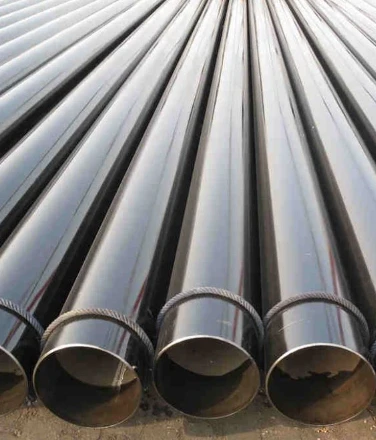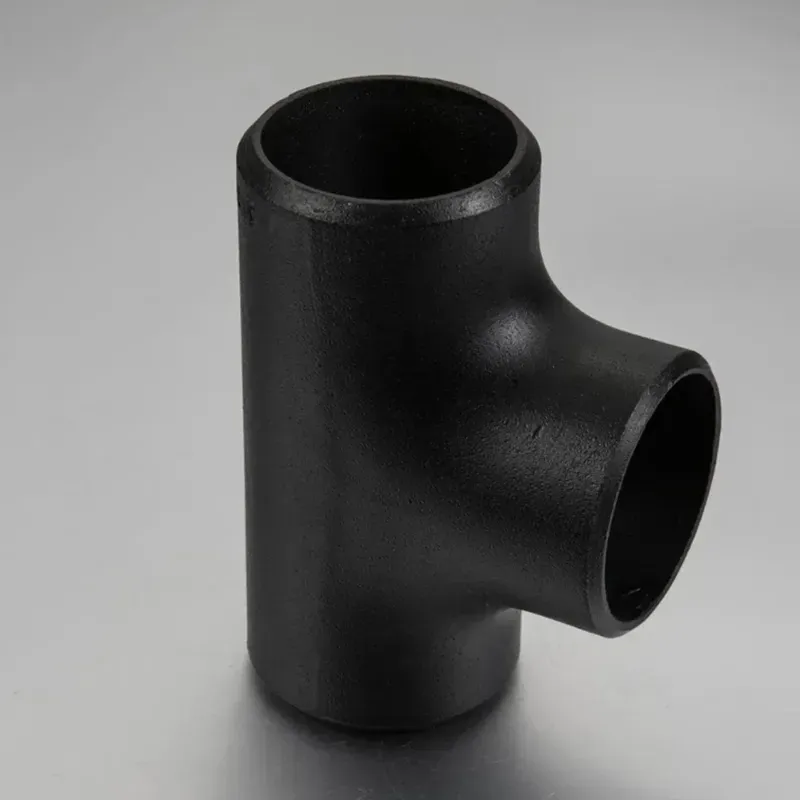-
Cangzhou Yulong Steel Co., Ltd.
-
Phone:
+86 13303177267 -
Email:
admin@ylsteelfittings.com
- English
- Arabic
- Italian
- Spanish
- Portuguese
- German
- kazakh
- Persian
- Greek
- French
- Russian
- Polish
- Thai
- Indonesian
- Vietnamese
- Zulu
- Korean
- Uzbek
- Hindi
- Serbian
- Malay
- Ukrainian
- Gujarati
- Haitian Creole
- hausa
- hawaiian
- Hebrew
- Miao
- Hungarian
- Icelandic
- igbo
- irish
- Japanese
- Javanese
- Kannada
- Khmer
- Rwandese
- Afrikaans
- Albanian
- Amharic
- Armenian
- Azerbaijani
- Basque
- Belarusian
- Bengali
- Bosnian
- Bulgarian
- Catalan
- Cebuano
- China
- China (Taiwan)
- Corsican
- Croatian
- Czech
- Danish
- Esperanto
- Estonian
- Finnish
- Frisian
- Galician
- Georgian
- Kurdish
- Kyrgyz
- Lao
- Latin
- Latvian
- Lithuanian
- Luxembourgish
- Macedonian
- Malgashi
- Malayalam
- Maltese
- Maori
- Marathi
- Mongolian
- Myanmar
- Nepali
- Norwegian
- Norwegian
- Occitan
- Pashto
- Dutch
- Punjabi
- Romanian
- Samoan
- Scottish Gaelic
- Sesotho
- Shona
- Sindhi
- Sinhala
- Slovak
- Slovenian
- Somali
- Sundanese
- Swahili
- Swedish
- Tagalog
- Tajik
- Tamil
- Tatar
- Telugu
- Turkish
- Turkmen
- Urdu
- Uighur
- Welsh
- Bantu
- Yiddish
- Yoruba

Jan . 28, 2025 04:40 Back to list
JIS B2311 BUTT-WELDING Cap
Welding pipe to pipe is a precision-driven task often encountered in various industries ranging from oil and gas pipelines to water distribution systems. Mastering this art requires an understanding of numerous factors that affect the final quality of the weld. Precision in alignment, correct selection of filler material, welding technique, and a keen eye for safety are just a few of the considerations to make the difference between a mediocre and a superior result.
Quality control plays a pivotal role in pipe-to-pipe welding projects. Non-destructive testing (NDT) methods like radiographic or ultrasonic testing ensure the weld integrity without damaging the structure. These tests identify any internal flaws that might not be visible externally but could pose a risk during operation. It is essential to conduct these tests following the welding process to comply with safety regulations and enhance the credibility of the weld. Trustworthiness in pipe welding also comes from documentation and adherence to welding procedure specifications (WPS). Keeping detailed records of the welding process, materials used, and the testing results creates transparency. In industries where safety and precision are non-negotiable, this accountability fosters trust with clients and stakeholders. Finally, safety cannot be underestimated in pipe-to-pipe welding. Protective gear, such as helmets with proper filters, gloves, and fire-resistant clothing, are essential to protect against the high temperatures and ultraviolet light emitted during the process. The work area must be free of flammable materials, and proper ventilation should be ensured to protect the welder from toxic fumes. In essence, pipe-to-pipe welding demands a balance of expertise, precision, and responsibility. By focusing on experience, technical know-how, and stringent safety protocols, the process can yield durable and reliable joints that stand the test of time. Prioritizing quality and adhering to best practices assures not only the structural integrity of the pipeline but fortifies the reputation of the professionals involved.


Quality control plays a pivotal role in pipe-to-pipe welding projects. Non-destructive testing (NDT) methods like radiographic or ultrasonic testing ensure the weld integrity without damaging the structure. These tests identify any internal flaws that might not be visible externally but could pose a risk during operation. It is essential to conduct these tests following the welding process to comply with safety regulations and enhance the credibility of the weld. Trustworthiness in pipe welding also comes from documentation and adherence to welding procedure specifications (WPS). Keeping detailed records of the welding process, materials used, and the testing results creates transparency. In industries where safety and precision are non-negotiable, this accountability fosters trust with clients and stakeholders. Finally, safety cannot be underestimated in pipe-to-pipe welding. Protective gear, such as helmets with proper filters, gloves, and fire-resistant clothing, are essential to protect against the high temperatures and ultraviolet light emitted during the process. The work area must be free of flammable materials, and proper ventilation should be ensured to protect the welder from toxic fumes. In essence, pipe-to-pipe welding demands a balance of expertise, precision, and responsibility. By focusing on experience, technical know-how, and stringent safety protocols, the process can yield durable and reliable joints that stand the test of time. Prioritizing quality and adhering to best practices assures not only the structural integrity of the pipeline but fortifies the reputation of the professionals involved.
Latest news
-
ANSI 150P SS304 SO FLANGE
NewsFeb.14,2025
-
ASTM A333GR6 STEEL PIPE
NewsJan.20,2025
-
ANSI B16.5 WELDING NECK FLANGE
NewsJan.15,2026
-
ANSI B16.5 SLIP-ON FLANGE
NewsApr.19,2024
-
SABS 1123 FLANGE
NewsJan.15,2025
-
DIN86044 PLATE FLANGE
NewsApr.19,2024
-
DIN2527 BLIND FLANGE
NewsApr.12,2024
-
JIS B2311 Butt-Welding Fittings LR/SR 45°/90° /180°Seamless/Weld
NewsApr.23,2024











